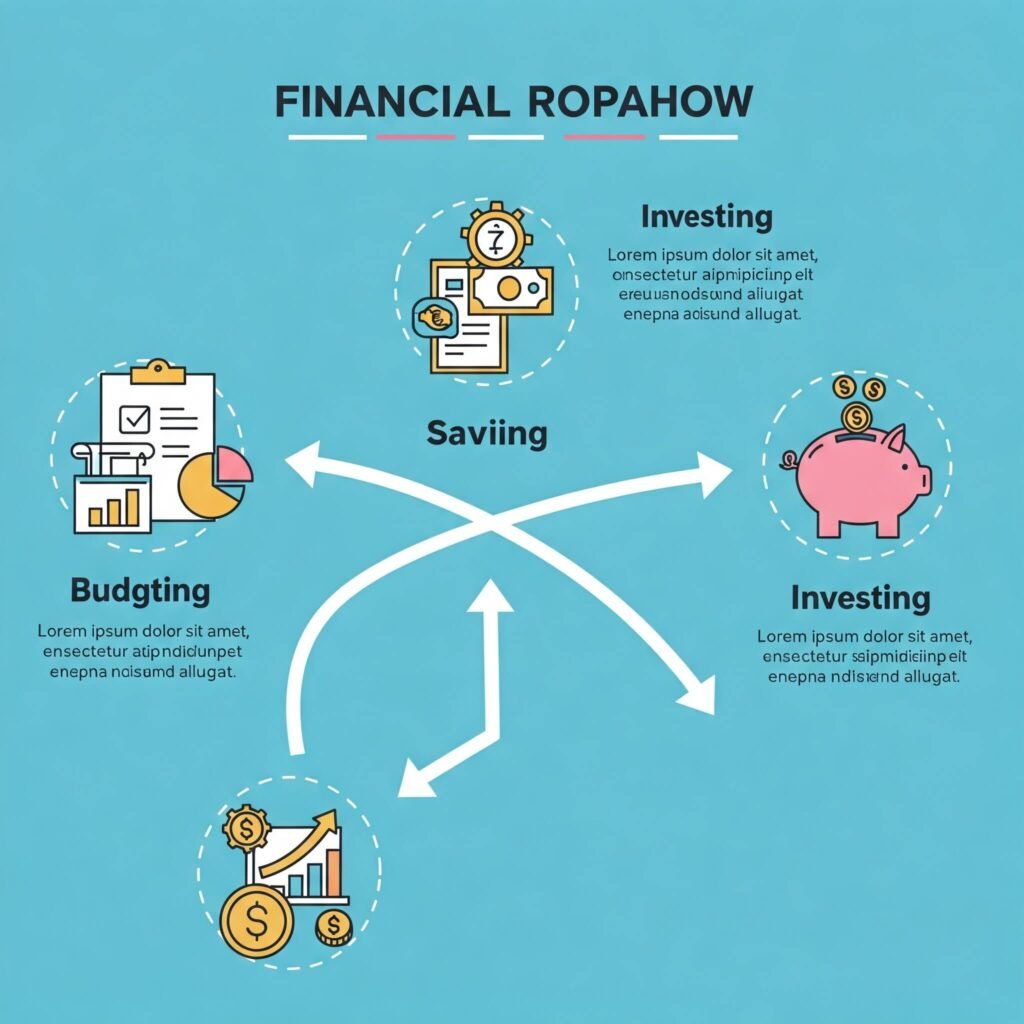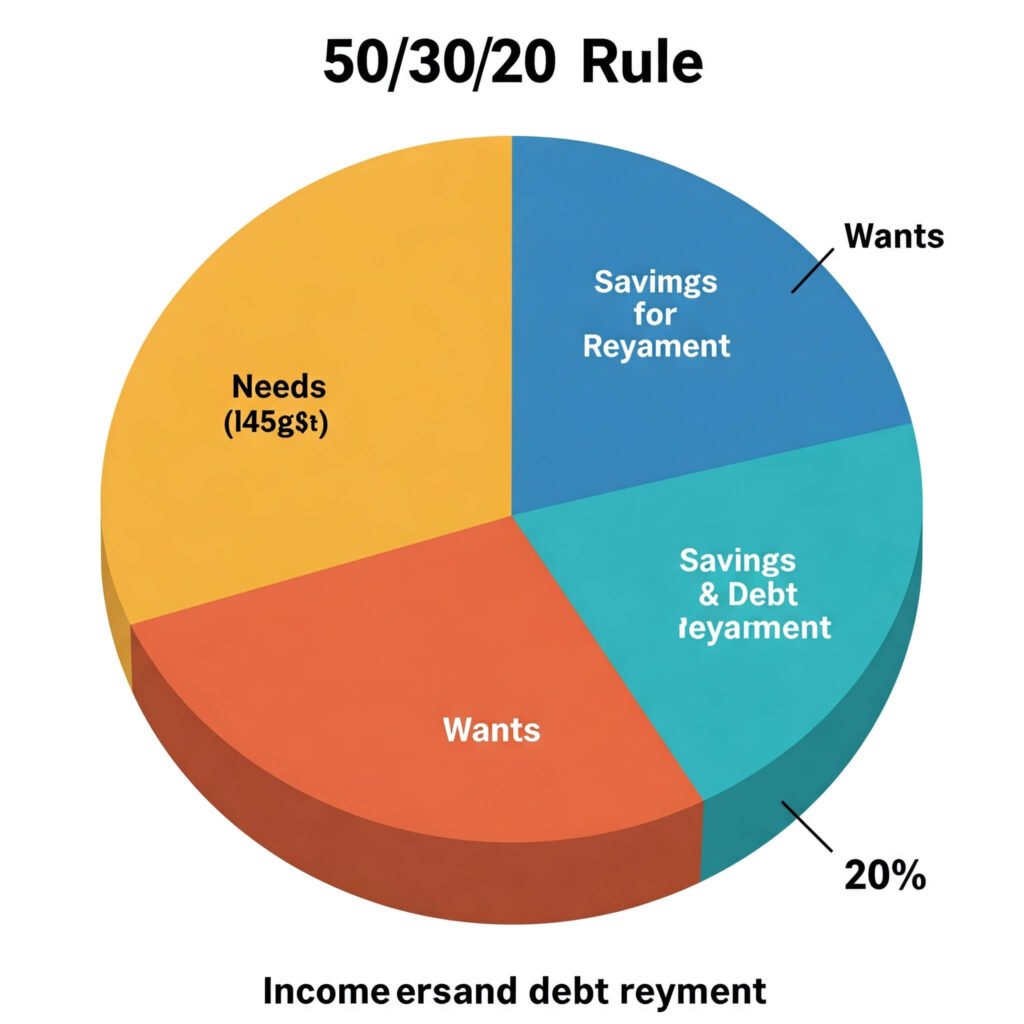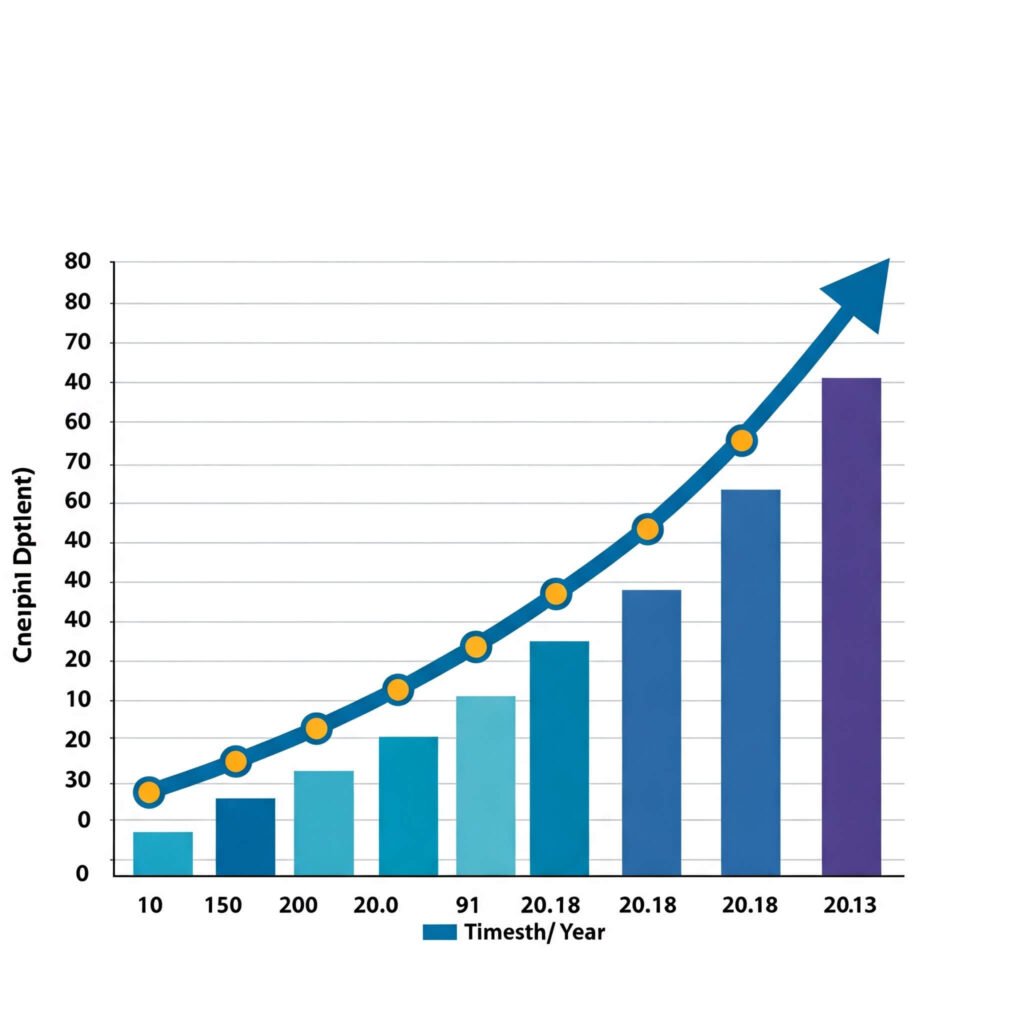
Why Financial Wellness Matters
Financial wellness isn’t just about having a lot of money—it’s about managing what you have effectively. According to a 2023 survey by the National Financial Educators Council, 65% of Gen Z and Millennials feel stressed about their finances. Achieving financial wellness reduces anxiety, builds confidence, and sets you up for future goals like buying a home or retiring comfortably.
The Impact of Poor Financial Health
Poor financial habits can lead to debt, missed opportunities, and constant stress. For example, Sarah, a 28-year-old teacher, struggled with credit card debt because she didn’t have a budget. By learning financial wellness principles, she paid off $10,000 in debt in two years. Taking control of your money can transform your life.
Step 1: Create a Budget to Master Financial Wellness
A budget is your financial blueprint. It helps you track income, expenses, and savings, ensuring you live within your means. Here’s how to create one:
- Track Your Income and Expenses: Use apps like Mint or YNAB to monitor your cash flow.
- Categorize Spending: Divide expenses into needs (rent, groceries) and wants (dining out, subscriptions).
- Set Limits: Allocate a specific amount for each category and stick to it.
- Review Monthly: Adjust your budget as your income or goals change.
Pro Tip: Try the 50/30/20 rule—50% for needs, 30% for wants, and 20% for savings or debt repayment.

Step 2: Build an Emergency Fund for Financial Security
An emergency fund is a safety net for unexpected expenses, like medical bills or car repairs. Aim to save 3-6 months’ worth of living expenses. Start small:
- Set a Goal: Save $1,000 as a starter fund.
- Automate Savings: Set up automatic transfers to a high-yield savings account.
- Cut Non-Essentials: Skip one coffee run a week to boost your fund.
For example, John, a freelance designer, saved $5,000 over a year by cutting unnecessary subscriptions. When his laptop broke, he avoided debt thanks to his emergency fund.
Outbound Link: Learn more about high-yield savings accounts at NerdWallet.
Step 3: Pay Off Debt to Boost Financial Wellness
Debt can derail your financial wellness goals. Focus on paying it off strategically:
The Debt Snowball Method
- List debts from smallest to largest.
- Pay minimums on all but the smallest debt.
- Put extra money toward the smallest debt until it’s gone.
- Roll that payment into the next smallest debt.
The Debt Avalanche Method
- List debts by interest rate, highest to lowest.
- Pay minimums on all but the highest-interest debt.
- Focus extra payments on the high-interest debt to save on interest.
Both methods work—choose the one that motivates you most. For instance, Emily used the snowball method to pay off $15,000 in student loans, gaining momentum with each small win.
Outbound Link: Explore debt repayment strategies at Consumer Financial Protection Bureau.
Step 4: Invest for Long-Term Financial Wellness
Investing helps your money grow over time, combating inflation. Start with these options:
- Retirement Accounts: Contribute to a 401(k) or IRA for tax advantages.
- Index Funds: Low-cost funds like the S&P 500 offer steady growth.
- Robo-Advisors: Platforms like Betterment automate investing for beginners.
For example, Alex, a 30-year-old nurse, started investing $100 a month in an index fund. After 10 years, her portfolio grew to $18,000, thanks to compound interest.
Outbound Link: Get investing tips from Investopedia.

Step 5: Educate Yourself for Ongoing Financial Wellness
Financial literacy is key to staying in control of your money. Here’s how to keep learning:
- Read Books: Try The Total Money Makeover by Dave Ramsey.
- Follow Blogs: Sites like The Financial Diet offer practical tips.
- Take Courses: Platforms like Coursera provide free financial education.
The more you know, the better decisions you’ll make. For instance, Maria learned about Roth IRAs through a podcast and started one, saving thousands in taxes.
Key Takeaways for Financial Wellness
- Budget Wisely: Use the 50/30/20 rule to manage spending.
- Save First: Build an emergency fund for peace of mind.
- Tackle Debt: Use snowball or avalanche methods to become debt-free.
- Invest Early: Start small to grow wealth over time.
- Stay Informed: Keep learning to make smart financial choices.
Financial wellness is a journey, not a race. Start with one step, like creating a budget, and build from there. You’ve got this!











































